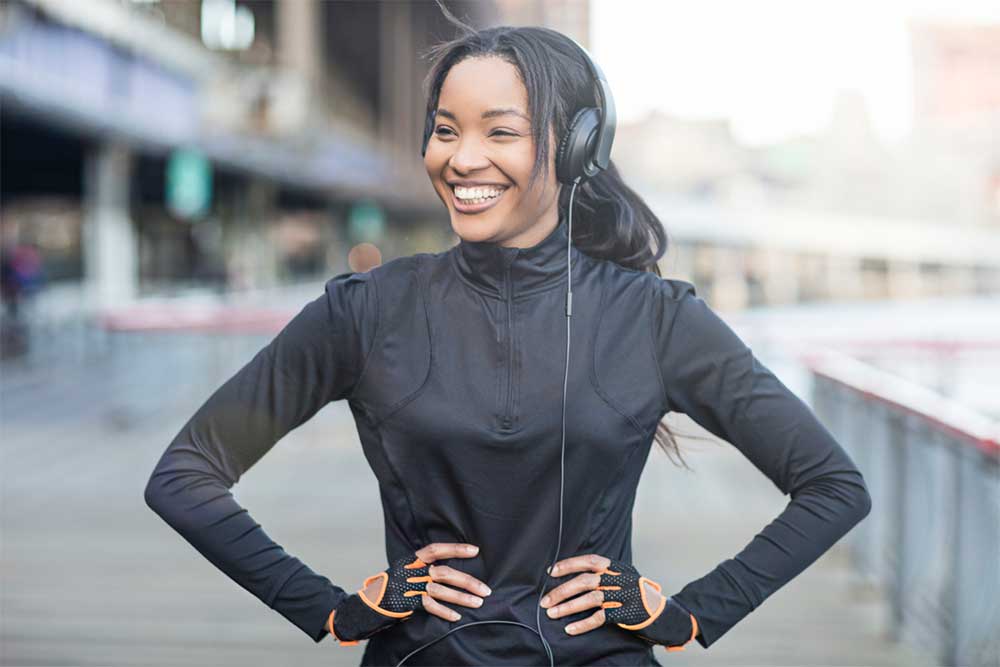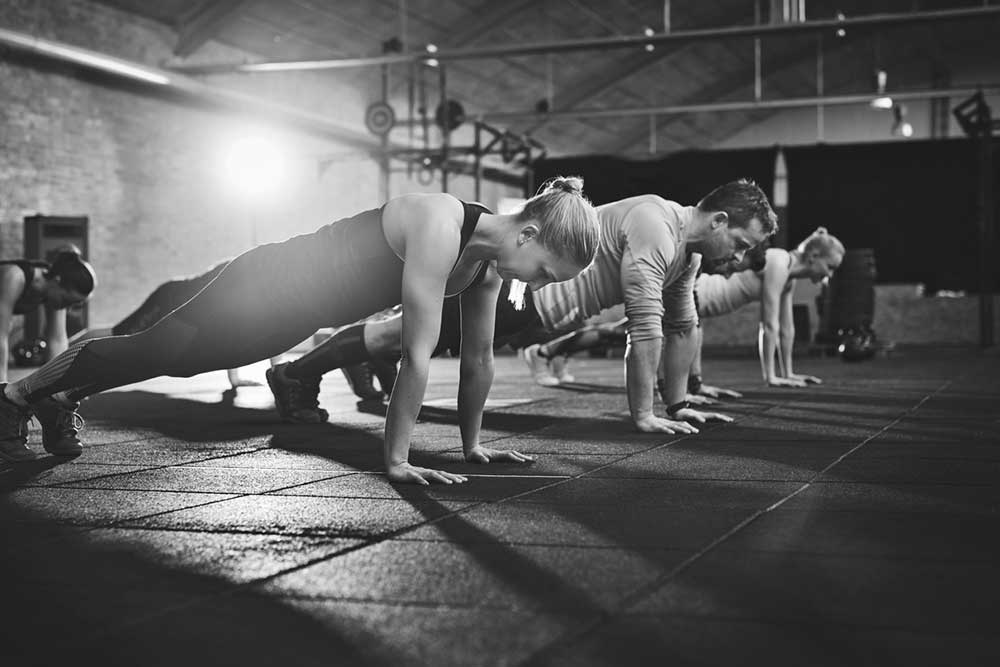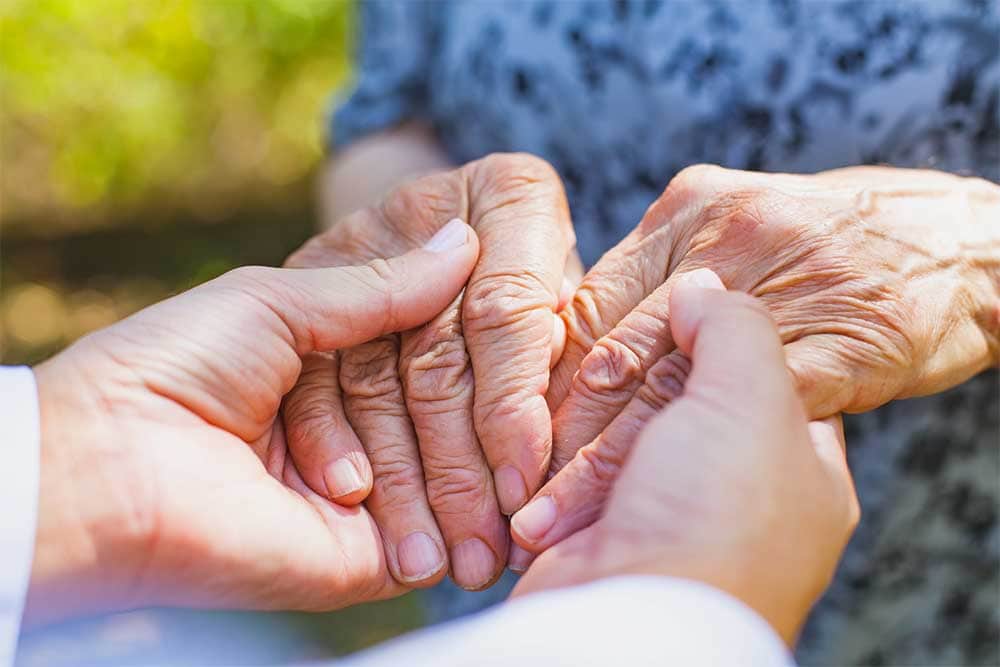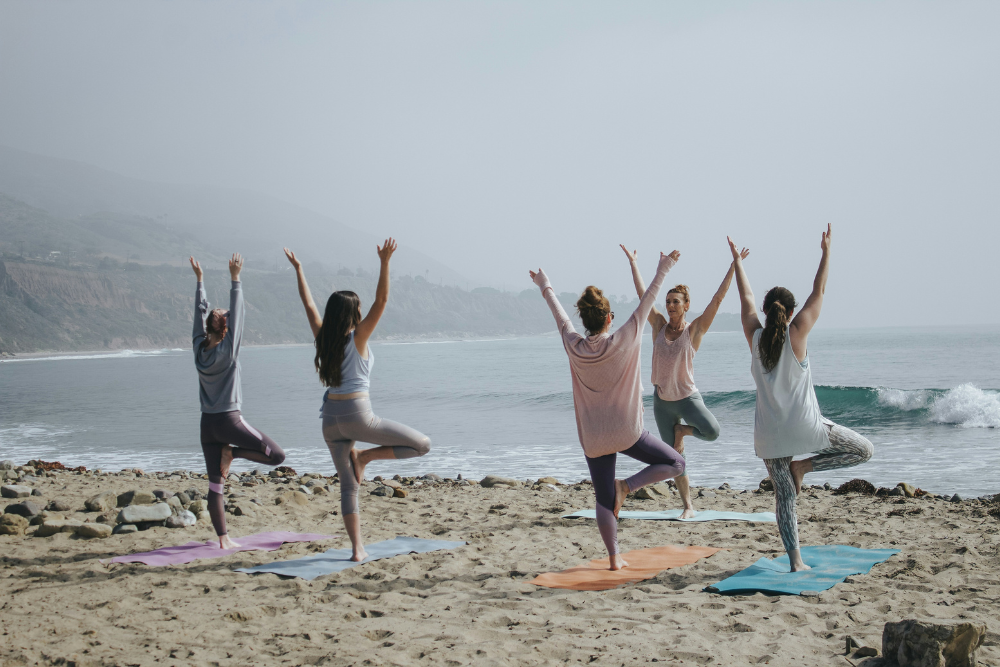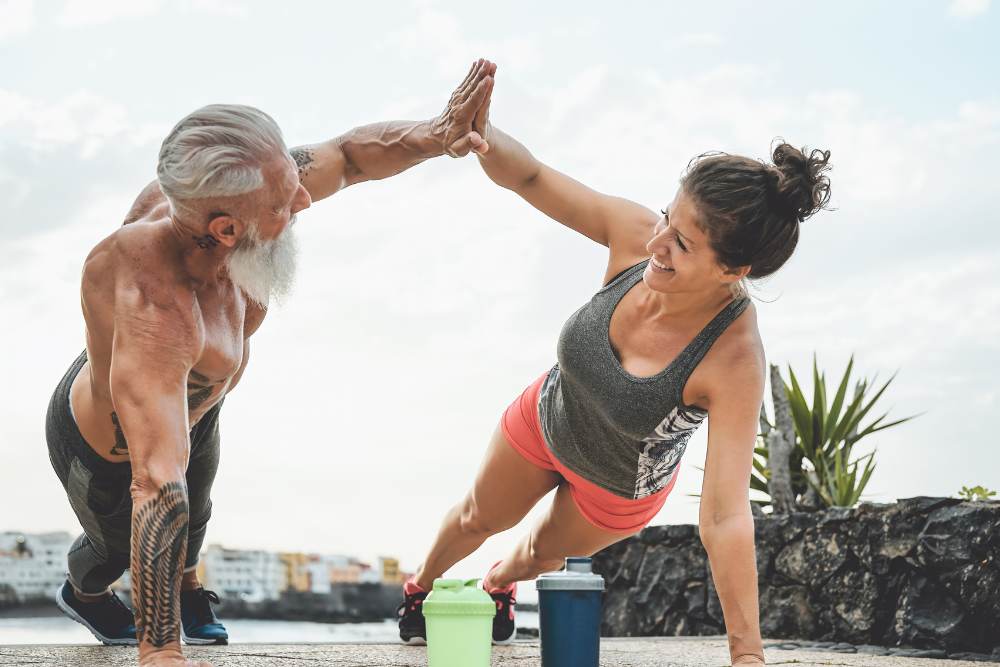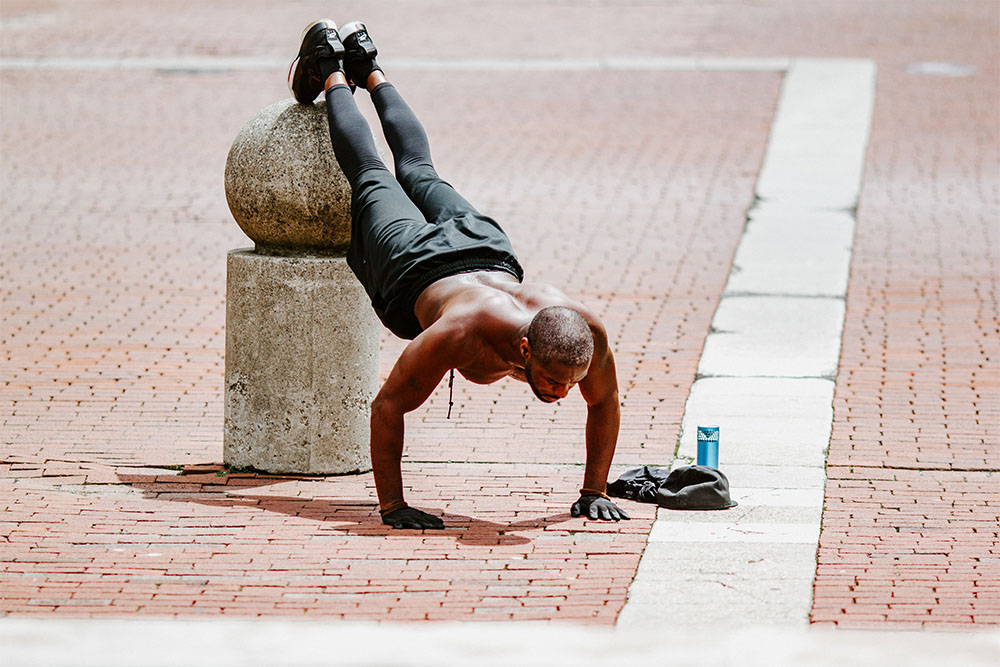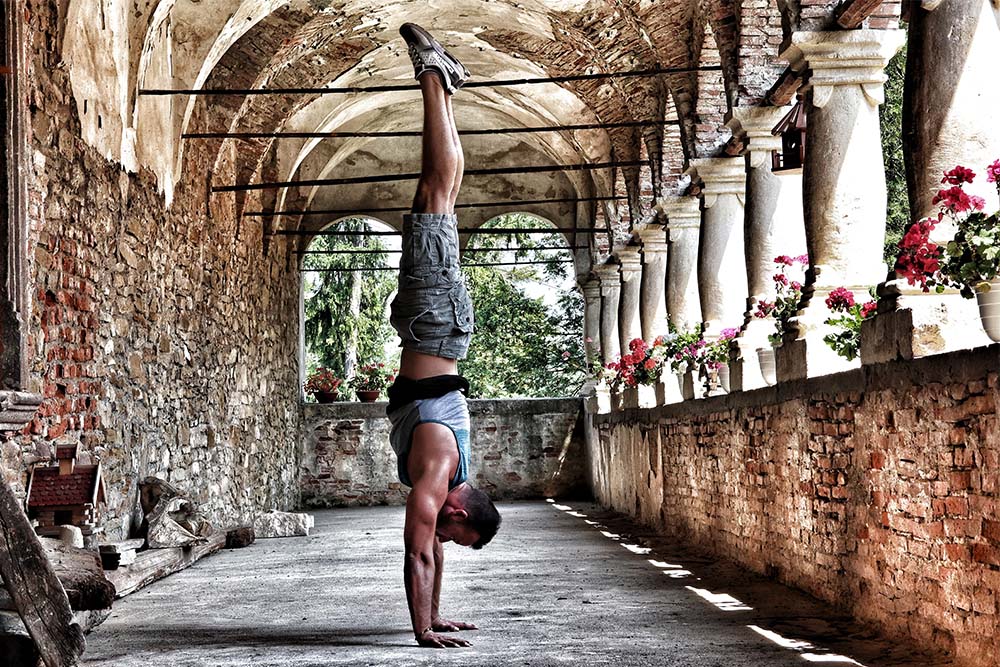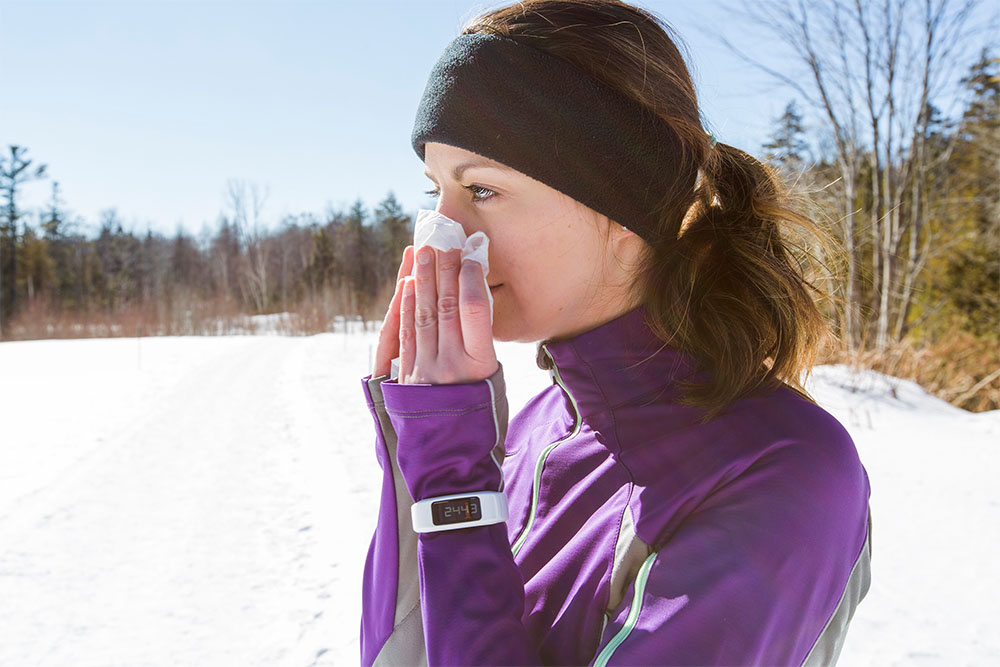Exercise Enjoyment May Affect Post-Workout Eating Habits

Catherine O’Brien
While a healthy lifestyle is dependent upon various factors, it is widely accepted that nutrition and exercise are two primary factors.
Nutrition and exercise interact with one another and increased physical exertion calls for greater caloric consumption. Anyone who has worked out in the morning and found themselves ravenous for lunch at 10:30am can relate.
Because nutrition and exercise are so closely intertwined, there is a growing amount of research and discussion about what one should eat before and after working out. Upon doing a quick Google search one can easily identify what he or she should eat after working out. That said, often times post-workout cravings can lead to less than healthy choices. Fortunately, recent research has begun to investigate factors that have been shown to influence the volume and quality of one’s post workout meal.
The Research
Research conducted by Beer, Dimmock, Jackson and Guelfi (2017) examined how autonomy in exercise influenced post workout food intake. An exerciser was said to be autonomous when he or she were able to choose the exercise they wished to complete. Based on previous research, they hypothesized that presence of choice would influence post workout food consumption such that exercisers who were given a choice of what exercise to do would consume less food post-workout and that the food choices would be healthier compared to that of exercisers who were given no choice in the exercise regimen.
Related Article: 90 Seconds A Day of HIIT Might Be All You Need
The Test
In order to test this, Beer et al. brought participants in for two laboratory sessions. The first session consisted of baseline measurements of motivation, exercise behaviors, psychological reactions, eating habits, cardiopulmonary fitness (VO2Max), blood lactate and glucose levels, height and weight. Next, all participants were matched with a counterpart who had the same age, fitness level (using VO2max), body mass, and height. Participants were randomly assigned to either a ‘choice’ condition or a ‘no choice’ condition. In the choice condition participants could select whether they wanted to exercise on a bike or a treadmill. They were also in control of the exercise intensity, duration (30-60 minutes), and the type of music played during their exercise.
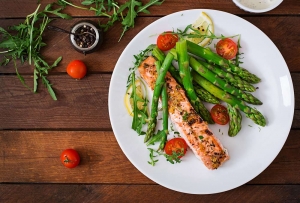 Participants in the ‘no choice’ condition were asked to provide his or her preferences for the exercise session but were then told that they would be assigned a workout and would not be able to adjust any of the parameters of the exercise program.
Participants in the ‘no choice’ condition were asked to provide his or her preferences for the exercise session but were then told that they would be assigned a workout and would not be able to adjust any of the parameters of the exercise program.
After the respective exercise sessions, participants completed questionnaires assessing perceived appetite, mood, subjective vitality, and subjective exercise experience. Participants also provided a blood sample. While the participants were completing the questionnaires, the researcher placed a variety of breakfast foods on the table and told the participants to help themselves. The foods provided included a mix of typical breakfast foods as well as treats like biscuits, bread, spreads etc. The food was weighed before and after participants ate in order to determine their intake.
The Choice
Consistent with their hypothesis results demonstrated that the manipulation of choice did indeed influence the energy intake of the participants. Participants in the ‘no choice’ condition ate more total food and ate more of the unhealthy food compared to participants in the ‘choice’ condition (Figure 1).
Figure 1. Overall (total) ad libitum energy intake from a laboratory test meal and the categorization of consumption from healthy and unhealthy foods following exercise in choice ( ) or no choice ( ) conditions (mean ± SE). *Indicates significant difference between conditions (P < 0.05). One possible reason for this outcome is that ‘no choice’ participants may have felt as though the workout was more of a chore and thus justified a treat whereas the ‘choice’ participants had more control over the workout session which perhaps made the exercise seem less cumbersome and more enjoyable.
The results support that the differences in eating behavior were not brought on by differences in workout intensity or how exerted the participants felt. The table below shows that there was no significant differences between the choice and no choice conditions when it came to the characteristics of the exercise session. That is, physiological and self-reported measures of exertion indicate that the two groups exercised with similar intensities.
Related Article: How HIIT Changes Our Body
Interestingly,
there were no differences in perceived levels of vitality between participants in the ‘choice’ and ‘no choice’ condition. This may be considered surprising as one may expect that ‘no choice’ participants would experience a decrease in vitality as a result of being told what to do compared to the autonomy of the ‘choice’ participants.
So what does this research mean for you?
I think the main takeaway here is that you should engage in workouts that you like to do and want to do rather than forcing yourself to do something you feel you should do. For example, if you hate spin classes and dread the thought of going, find something else that appeals to you and your needs (or at least something that doesn’t create a sense of dread). This may take some trial and error but in the long run, having a workout that you like can make a big difference in supporting adherence to the workout regimen as well as in maintaining other health-related habits.
You Might Like:
Reduce Cigarette Cravings with Acute Exercise
Catherine O’Brien It is no secret that smoking is a major health hazard that significantly increases risk of cancer, heart disease, stroke and other health problems. That said, 20% of adult men and 16% of...Effects of Outdoor Exercise
Catherine O’Brien Why Does Exercising Outdoors Feel So Much Better? I have always been a proponent of outdoor exercise, particularly running. There is something so satisfying and therapeutic about the fresh air and the sound...Music – Your HIIT Recovery Secret Weapon
Catherine O’Brien The effects of music on exercise experience is a common theme throughout my articles. I am always interested in the relationship between music and physical activity and how music can alter an exercise...Vestibular Migraines: Could Exercise Be The Answer?
Catherine O’Brien My last article highlighted the inverse relationship between headaches and VO2 max levels such that individuals who experienced headaches regularly had, on average, lower VO2 peaks than their control counterparts. Perhaps one of...Which Is Better For The Brain – Long Duration Or Short High Intensity Exercise?
Catherine O’Brien High intensity interval training (HIIT) is a form of exercise that utilizes “repeated bouts of short-to-moderate duration exercise at an intensity of 85-90% of peak oxygen uptake or 90-95% of peak heart rate...3 Strength Exercises For Individuals With Essential Tremor
Catherine O’Brien Essential tremor (ET) is a neurological disorder characterized by involuntary and rhythmic shaking. Typically, tremors occur in upper extremities such as the hands but tremors can exist in other body parts as well...References
Beer, N.J., Dimmock, J.A., Jackson, B., and Guelfi, K.J. (2017). Providing choice in exercise influences food intake at the subsequent meal. Medicine & Science in Sports & Exercise.



